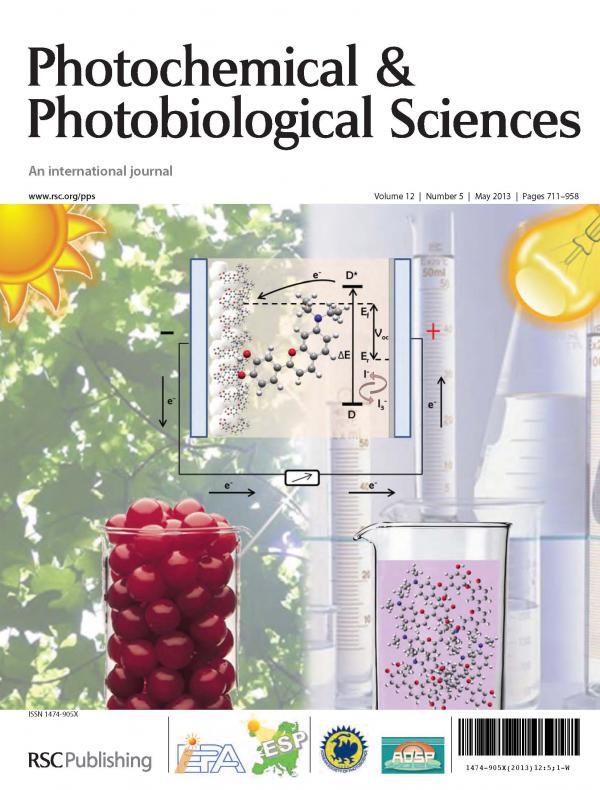
Solar energy conversion
Dye sensithized solar cells (DSSCs) offer the possibility to design solar cells with a large flexibility in shape, colour, and transparency. Integration into different products opens up new commercial opportunities. Natural dyes have shown promise as efficient photosensitizers, are low in cost, non-toxic, environmentally friendly and fully biodegradable.The ideal natural sensitizer could be a dye with similar properties of natural anthocyanins but which could be designed and prepared by simple synthetic procedures, not toxic and environmentally friendly. In the case of the flavylium compounds,progress in the optimization of the design of the sensitizer has been made through the substitution of some groups in the ring or introducing some component in the molecular structure of the dye tailoring desired energy levels and absorption properties

The use of carbon materials as additives and supports to semiconductors has been long explored and many studies have shown that adding a carbonaceous phase in the catalyst provides a superior performance.Our recent investigations have also proved the photoactivity of semiconductor-free carbons under UV light and their ability to photogenerate O-radicals. Using monochromatic light we have shown the ability of semiconductor-free nanoporous carbons to convert the low energy photons from the visible spectrum in chemical reactions (i.e. phenol photooxidation). The onset wavelength of the photochemical activity can be tuned upon surface functionalization, with enhanced visible light conversion upon introducing N-containing groups (red shift).
Development of chromogenic materials.
Development of functional ionic liquids
Development of new inorganic materials
Conservation and restauration of Portuguese cultural heritage